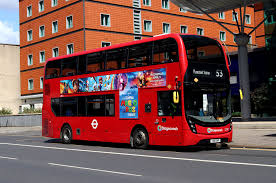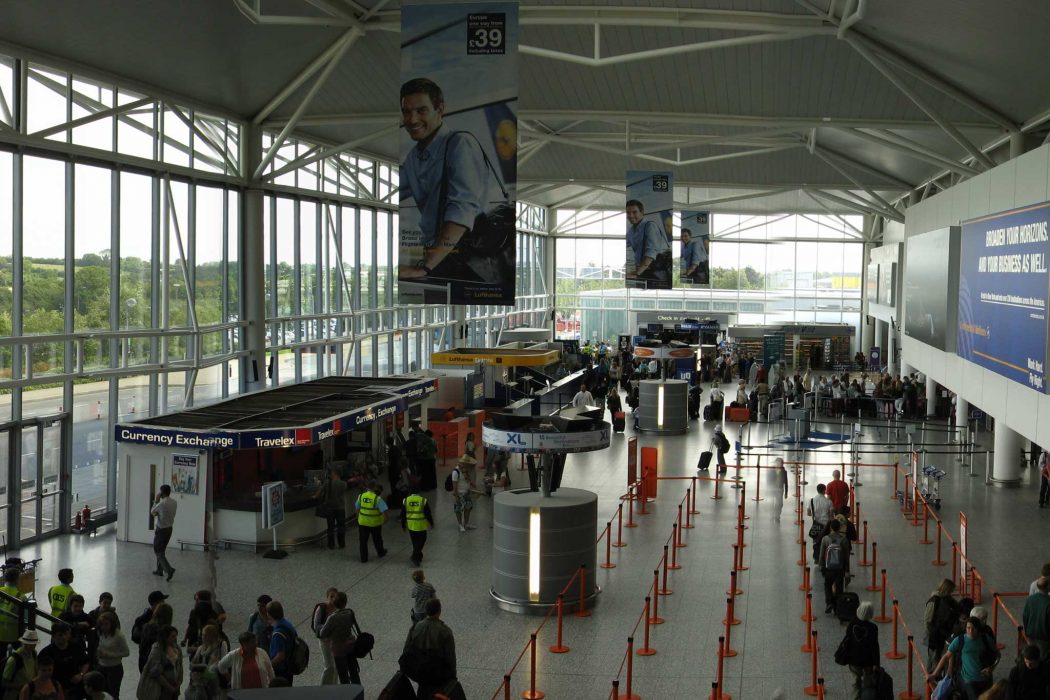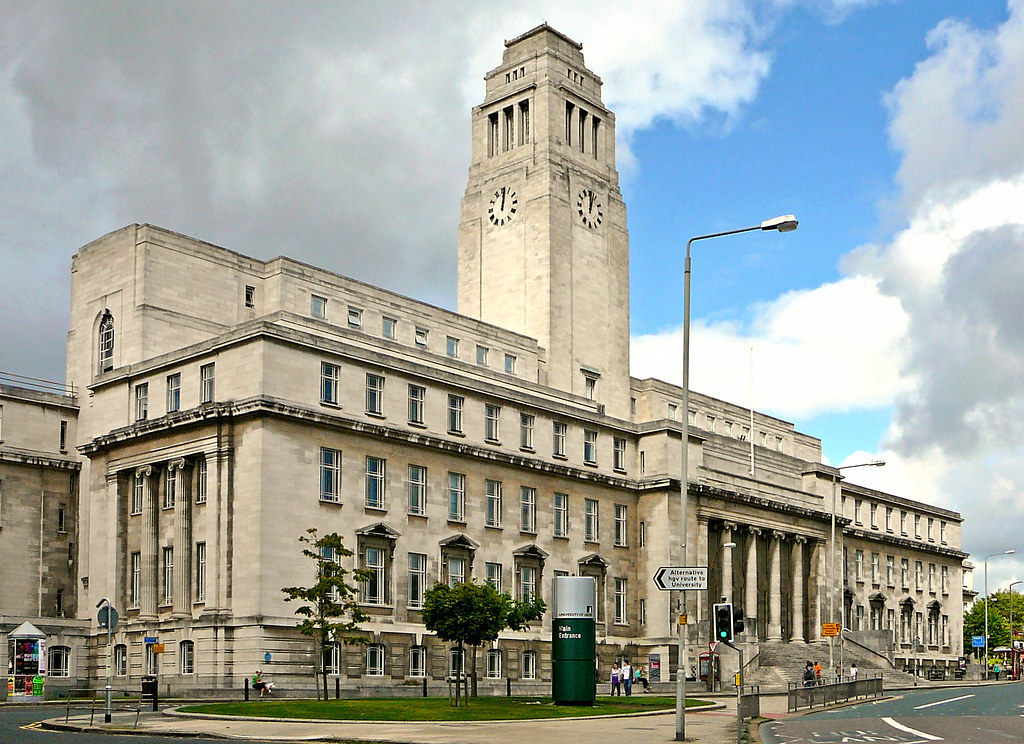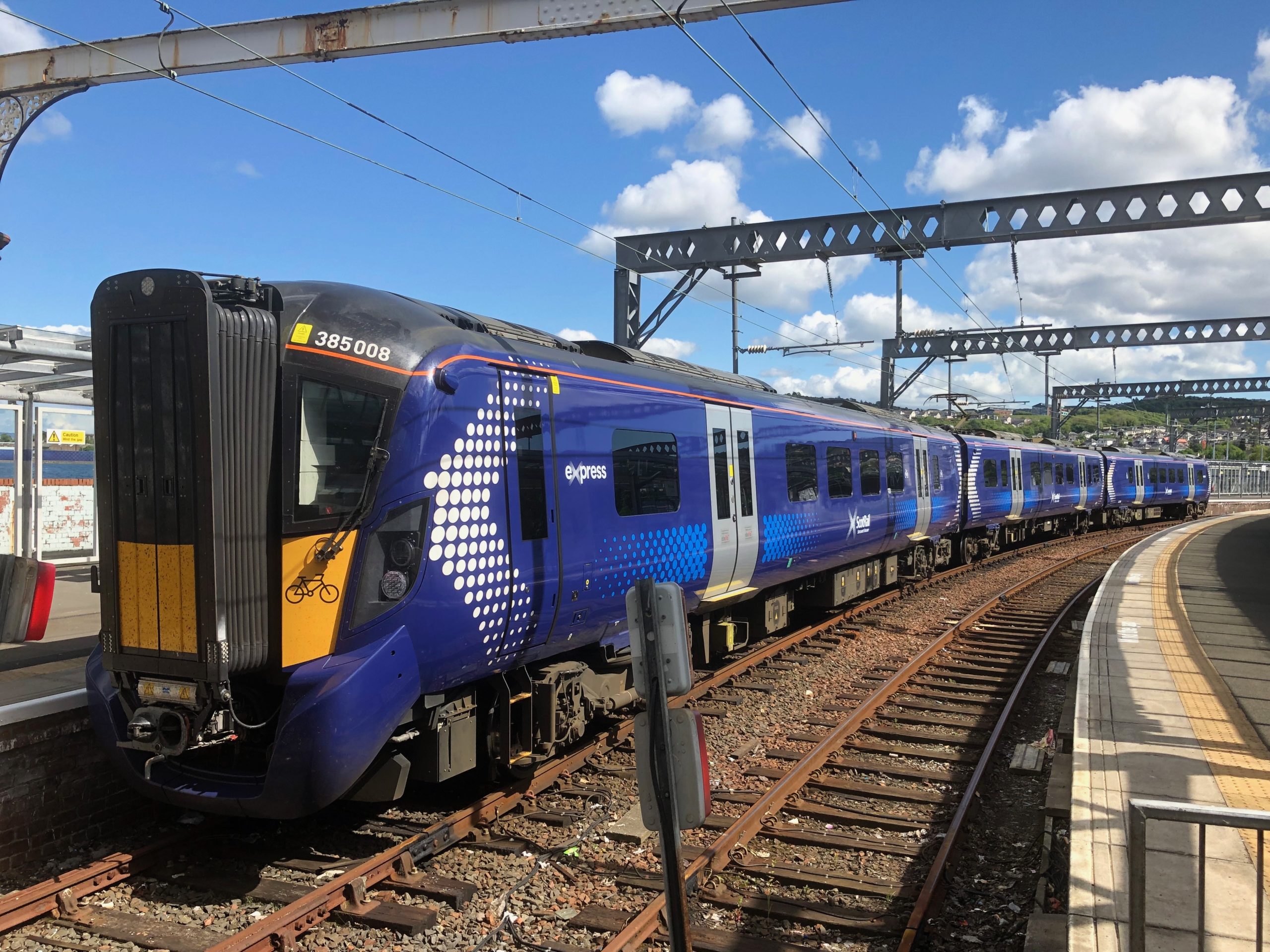
Introduction to TFL
The Transport for London (TFL) plays a crucial role in the daily commute of millions of Londoners. Responsible for the city’s public transportation system, TFL operates the London Underground, buses, trams, and riverboat services. Its efficient functioning not only facilitates urban mobility but also underpins the economy of the capital. As the city emerges from the challenges posed by the COVID-19 pandemic, TFL has undergone various developments aimed at improving services and ensuring sustainability.
Recent Developments
In a recent announcement, TFL has introduced a new digital ticketing system that allows passengers to use contactless payments, making it easier and quicker to access public transport. This initiative is part of a wider effort to modernise TFL’s services and reduce reliance on cash transactions, aiming to enhance customer experience amid increasing demand for contactless solutions.
Moreover, TFL has been actively working to expand its network links. The long-anticipated Crossrail project, now officially titled the Elizabeth Line, has finally opened, providing significant new connections across London and reducing travel times. This project represents the largest investment in London’s transport infrastructure for decades, with potential to boost the local economy and significantly alleviate congestion on existing Tube lines.
Challenges Faced by TFL
Despite these advancements, TFL continues to face considerable financial challenges. The pandemic has led to a substantial decline in fare revenue, compelling TFL to make cuts to various services. Recent forecasts suggest that without additional financial support from the government, TFL might have to implement further reductions in service frequencies, potentially impacting daily commuters and tourists alike.
Additionally, the organisation is under pressure to meet sustainability targets. The London Mayor has set ambitious goals for reducing carbon emissions, and TFL is looking into green alternatives with the expansion of electric buses and the integration of cycling infrastructure. While progress has been made, TFL recognises that achieving these targets requires both substantial investment and collaborative efforts with stakeholders.
Conclusion and Future Outlook
TFL remains a central element of London’s infrastructure, vital for both the city’s residents and visitors. The ongoing improvements, from digital ticketing to major projects like the Elizabeth Line, illustrate TFL’s commitment to modernising urban transport. However, the challenges of financial sustainability and environmental responsibility loom large. Stakeholders will need to work closely to navigate these issues, ensuring that TFL continues to thrive and adapt in a changing urban landscape. As the city looks forward to a post-pandemic future, TFL’s developments will be crucial in shaping London’s transport experience in the years to come.
You may also like

Bristol Airport: The Future of Travel and Innovations

Leeds Train Station: A Key Transport Hub in the UK
